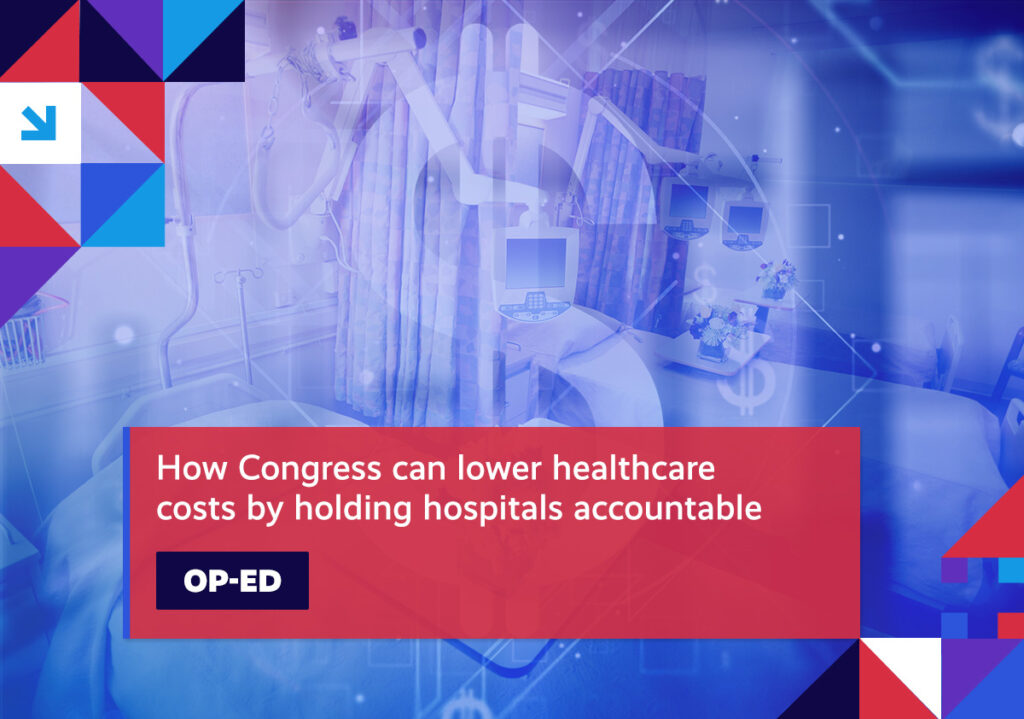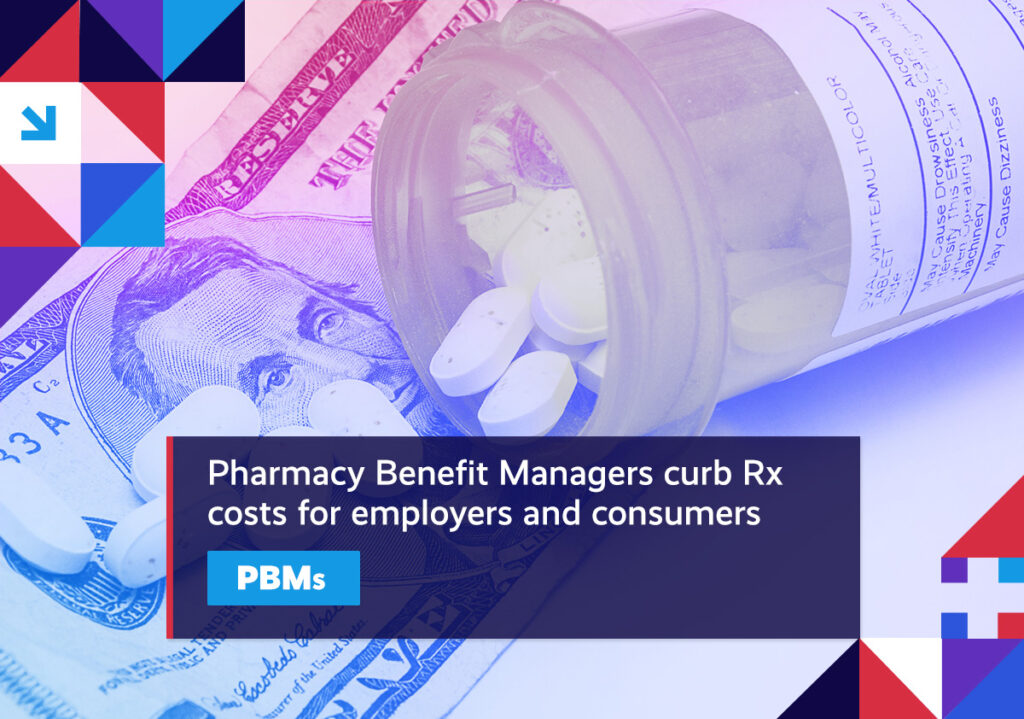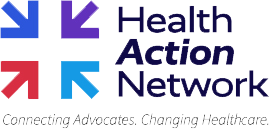A quick roundup of the issues driving the healthcare reform conversation.
Item of the Week

Spotlight
HOSPITAL PRICES New research examines prices at hospitals owned by physicians.
Quick takeaway: According to the data, prices at physician-owned facilities were about one-third lower than at traditional hospitals in the same market.
Further context: By comparing eight shoppable medical services in dozens of regions across the country, researchers discovered alarming differences for median commercial negotiated prices and cash prices between physician-owned hospitals (POH) and non-POH, including:
- Negotiated prices being 33.7 percent lower at POH and 32.7 percent lower for cash prices
- POH status being associated with 17.5 percent lower negotiated prices and 46.7 percent lower cash prices
- Negotiated prices for MRIs and physical therapy being 33 percent and 30 percent lower at POH
- Cash prices for CTs and MRIs being 36 percent and 35 percent lower at POH
What it means: When looking to account for the variance, researchers posited that POHs might be able to accept lower commercial prices because they serve fewer Medicaid patients (3 percent vs. 7.1 percent) and provide less charity care (1.3 percent vs. 3.2 percent) than non-PHOs.
HOSPITAL CONSOLIDATION A separate study details what happens after independent hospitals are acquired by larger health systems.
Quick takeaway: Not only do prices go up as a result of these acquisitions, but the quality of care also goes down.
Further context: According to new research from Elevance Health’s Public Policy Institute (PPI), average inpatient prices for commercially-insured patients went up 5 percent after health systems acquired an independent hospital.
Not only that, readmission rates for patients receiving cardiac care at those facilities also increased by 12 percent – and, remained elevated for three years after the acquisition.
From 2000 to 2020, the share of hospital beds that were a part of a larger health system rose from 58 percent to 81 percent nationwide. In fact, by 2020, a quarter of hospital markets no longer had any independent hospitals.
What it means: Though the study also found that these mergers could create some efficiencies for hospitals, consumers and employers did not realize any of those benefits. Rather, they saw higher prices and lower quality, as well as reductions in access to certain services, such as maternal care.
MEDICARE ADVANTAGE STUDY Medicare Advantage (MA) beneficiaries take advantage of supplemental benefits.
Quick takeaway: According to a separate new PPI report, the vast majority of enrollees in MA plans use at least one supplemental benefit a year.
Digging deeper: One critical way that MA plans are able to distinguish the program from traditional Medicare Fee-for-Service (FFS) is by offering benefits not covered by FFS known as supplemental benefits.
While their focus has historically been on health-related needs, recent regulatory and legislative changes have allowed plans to expand these offerings to a wider range of benefits to beneficiaries, particularly those with chronic conditions.
This has also led to MA plans being able to tailor their supplemental benefits to better address their members’ health-related social needs, including transportation and food security.
Additional findings from the PPI report include:
- Dual-eligible beneficiaries (those who qualify for both Medicare and Medicaid) used at least 1 supplemental benefit at higher rates than non-dual eligibles (83 percent compared to 75 percent)
- 42 percent of dual-eligibles used at least 3 supplemental benefits
- Beneficiaries who used at least 1 supplemental benefit were more likely to live in areas with fewer resources
What it means: More than 31 million Medicare-eligible beneficiaries now choose MA plans. And, more than half of those enrollees have annual incomes of less than $25,000, with more than one-third identifying as racial or ethnic minorities.
By expanding their offerings and tailoring their supplemental benefits to better meet the health-related social needs of vulnerable or historically underserved populations, MA plans continue to demonstrate the critical importance of the program.
WEIGHT-LOSS Rx Healthcare stakeholders brace for the cost implications of weight-loss drugs.
Quick takeaway: In addition to worrying about what these drugs will do to the healthcare cost curve, there’s growing concern over the side effects of these medicines.
Digging deeper: As recently highlighted, with patient demand for weight-loss drugs skyrocketing, stakeholders have turned their attention to what covering these drugs will ultimately cost our healthcare system.
Already, projections have come out estimating the cost to Medicare alone could be as high as $27 billion a year.
As for those side effects, while we’re a long way off from knowing the long-term effects of these drugs, there are already indications that there are immediate risks, such as the just-filed lawsuit against these manufacturers charging that they failed to adequately warn patients of the potential for severe gastrointestinal problems.
What it means: Against this backdrop, experts are sounding the alarm after a report surfaced which showed that one of those drugmakers, Novo Nordisk, manufacturer of popular weight-loss injectable Wegovy spent $11 million “wining and dining” thousands of prescribing doctors.
Spotlight

| You can keep up with the latest by following the Health Action Network on Twitter and by liking us on Facebook. And, be sure to check us out on LinkedIn, too. As always, let us know if there’s something you’d like to see covered in a future newsletter. |
The Health Action Network includes everyday Americans—families, workers, businesses, patients, providers, neighbors, and friends. We are working together because we support market-based solutions that offer better healthcare choices and help build a stronger economy. The Health Action Network is an Elevance Health, Inc., initiative.
